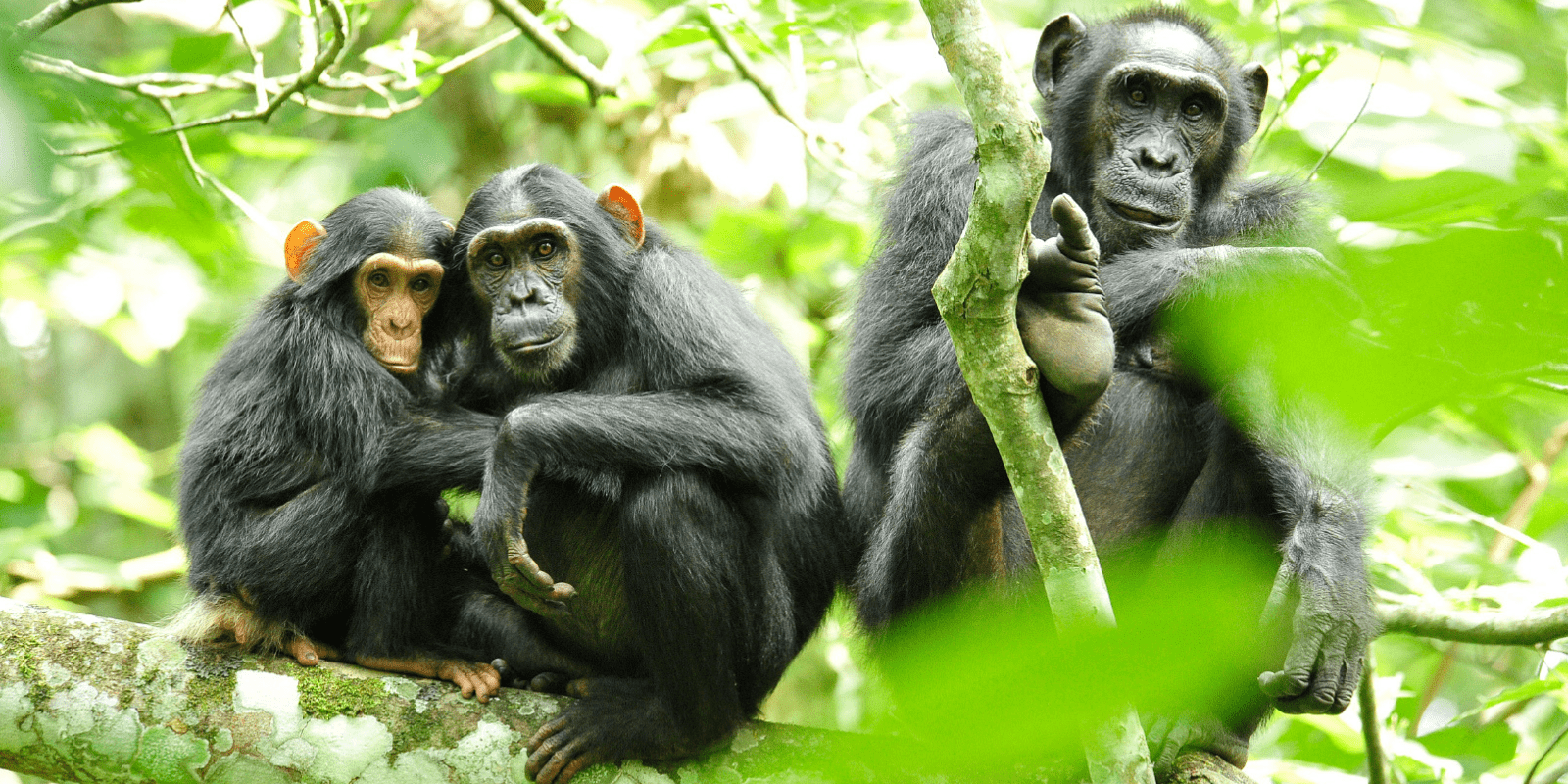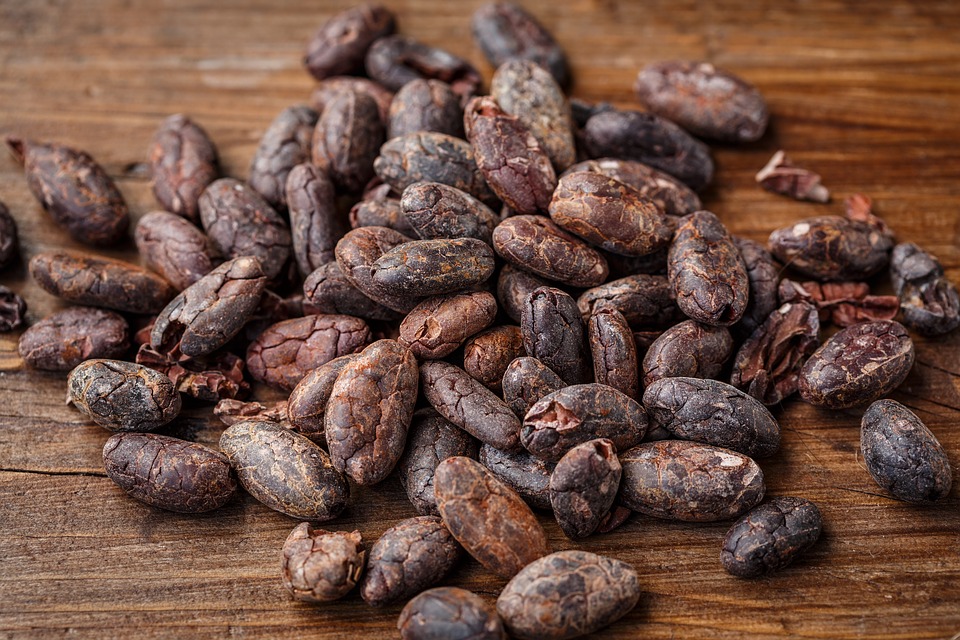We have much more to do and your continued support is needed now more than ever.
How a “Smart” Sweet Tooth Can Protect Wildlife

The holiday season is a chocoholics dream! Starting up around right before Halloween and running all way through the New Year, the holiday season IS the ‘chocolate season’. Over 24% of all chocolate sales in the United States take place during this time. This season, we are asking all chocolate lovers, while indulging in favorite sweet treats, to remember that some chocolate is better than others (and no, we don’t mean the taste!).
Unfortunately, some of the chocolate products available in the U.S. and around the globe are linked to wildlife habitat destruction. You may ask yourself, “How can the delicious chocolate bar I’m eating impact the animals I love?”
To answer that question, we need to start at the beginning of the chocolate production cycle. Chocolate is grown in the tropics, made from the seeds of the Cocoa tree (Theobroma Cacao). These seeds, also called Cocoa beans (pictured below) are harvested, fermented, roasted and processed into a fine powder containing cocoa solids and cocoa butter. The solids are turned into what is commonly known as cocoa powder. Both the powder and the butter can then be used in a multitude of ways to create our favorite sweet treats.

There’s nothing inherently bad about this process, but as we take a closer look at farming practices around the globe, there’s a staggering conclusion: Cocoa production is one of the leading drivers of deforestation[ii]. A 2017 investigative report by Mighty Earth – Chocolate’s Dark Secret – revealed the shocking news that “for years the world’s major chocolate companies have been buying cocoa grown through the illegal deforestation of natural parks and other protected forests, in addition to driving extensive deforestation outside of protected areas.”
Unfortunately, in Ghana and the Ivory Coast, two of the world’s largest cocoa producing countries, the chocolate industry is the primary driver behind the destruction of wildlife habitat. Animals like African elephants and chimpanzees depend on these natural areas for survival. Cutting down trees to create cocoa farms creates unnecessary challenges for animals already on the endangered species list.
Thankfully, there are positive signs that point toward change! Countries, consumers, and companies have all recently begun to shift their practices and have demonstrated considerable momentum towards Zero-Deforestation Cocoa production.
Ivory Coast, Ghana and Colombia, some of the biggest players in the cocoa production market, have joined the Cocoa & Forest Initiative – committing to no further conversion of any forest land for cocoa production. Other countries are also mobilizing around deforestation-free production such as Brazil, Bolivia, Belize and the Dominican Republic. The National Wildlife Federation hopes this set of actions leads to forest protection and restoration, while supporting farmers’ livelihoods. Commitments such as these help protect the magnificent wildlife species that reside in these countries.
On the private sector side of things, major companies are stepping up and changing their practices. Currently, about 80% of the world’s chocolate/cocoa companies have started to embrace deforestation-free production practices.
Some key retailers and supermarkets are also enthusiastic about committing to selling only sustainable cocoa! This is a crucial step towards bringing deforestation free chocolate to homes across the United States. A large percent of profits in the industry comes from supermarkets so their participation is key to success.
Unfortunately, it’s not all great news. Some companies are not fulfilling their social and environmental responsibilities. That is where consumers can come in and demand responsibly sourced products. One of the industry’s biggest laggards is CVS. They are one of the biggest chocolate retailers in the US, yet make no mention of Cocoa in their sustainability policy. This chocolate season, CVS needs to step up and put forth a policy to provide deforestation-free cocoa options in stores!
Habitat protections are vitally important for wildlife – they need a place to live, eat and call home. If the market moves towards more deforestation-free cocoa, the species that depend on natural spaces will face one less threat of habitat destruction. Let’s all do our part to demonstrate that we prefer wildlife friendly products, and will only buy from companies that commit to sustainable practices!
More Actions to Help Protect Wildlife
You can make a difference by actively engaging with companies whose products you buy! Send a message to @Hersheys, @Ferrero_EU, @Tesco to thank them for their forward progress! You can also send a message to @CVSpharmacy or your favorite supermarket, restaurant or brand and let them know that you demand to see action! Here are some ideas to share (click below to auto-populate your message on Twitter!):
I want #sustainablefood! Protect #wildlife! @CVSpharmacy commit to #zerodeforestation #cocoa.




















